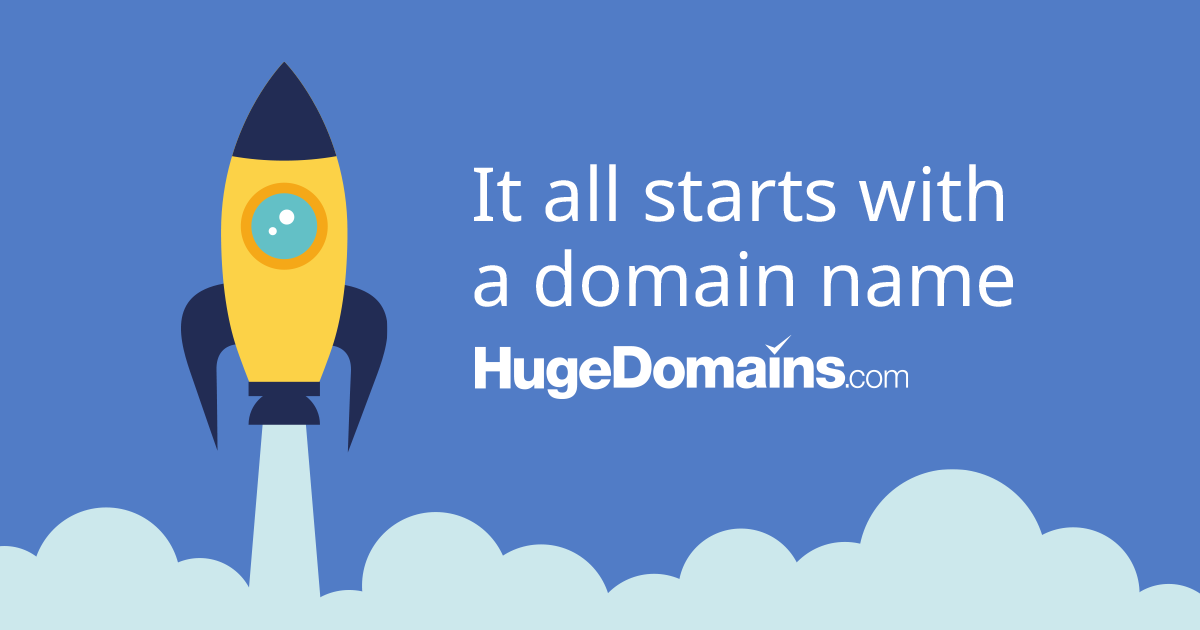The convenience of tuning on the fly has captured my attention and likely soon my wallet as well...
I'm biting the big one and purchasing a wideband and a romulator to help get my 7730/3500 swap tuned and running like a top.
I'm seriously looking into buying one of these Innovative Motorsports combos to keep a close eye on my AFR.
The difference is about 100 dollars for some more functions on the gauge.
But now I have to decide between emulators, and I honestly have no experience here, the price difference is virtually non-existant between Ostrich 2.0 and The Pocket Romulator, which product offers more for your money? Opinions?
I'm biting the big one and purchasing a wideband and a romulator to help get my 7730/3500 swap tuned and running like a top.
I'm seriously looking into buying one of these Innovative Motorsports combos to keep a close eye on my AFR.
The difference is about 100 dollars for some more functions on the gauge.
But now I have to decide between emulators, and I honestly have no experience here, the price difference is virtually non-existant between Ostrich 2.0 and The Pocket Romulator, which product offers more for your money? Opinions?






Comment